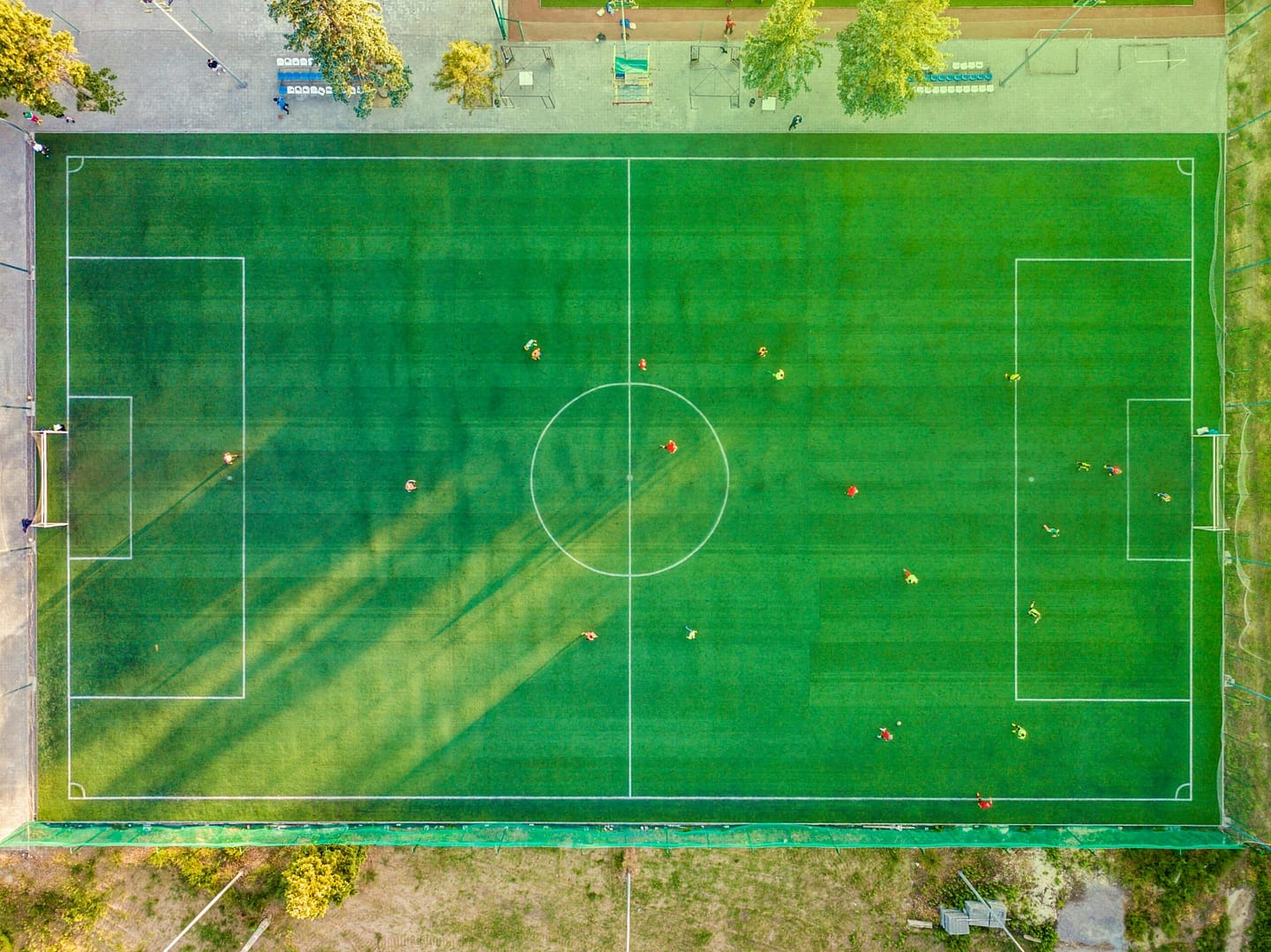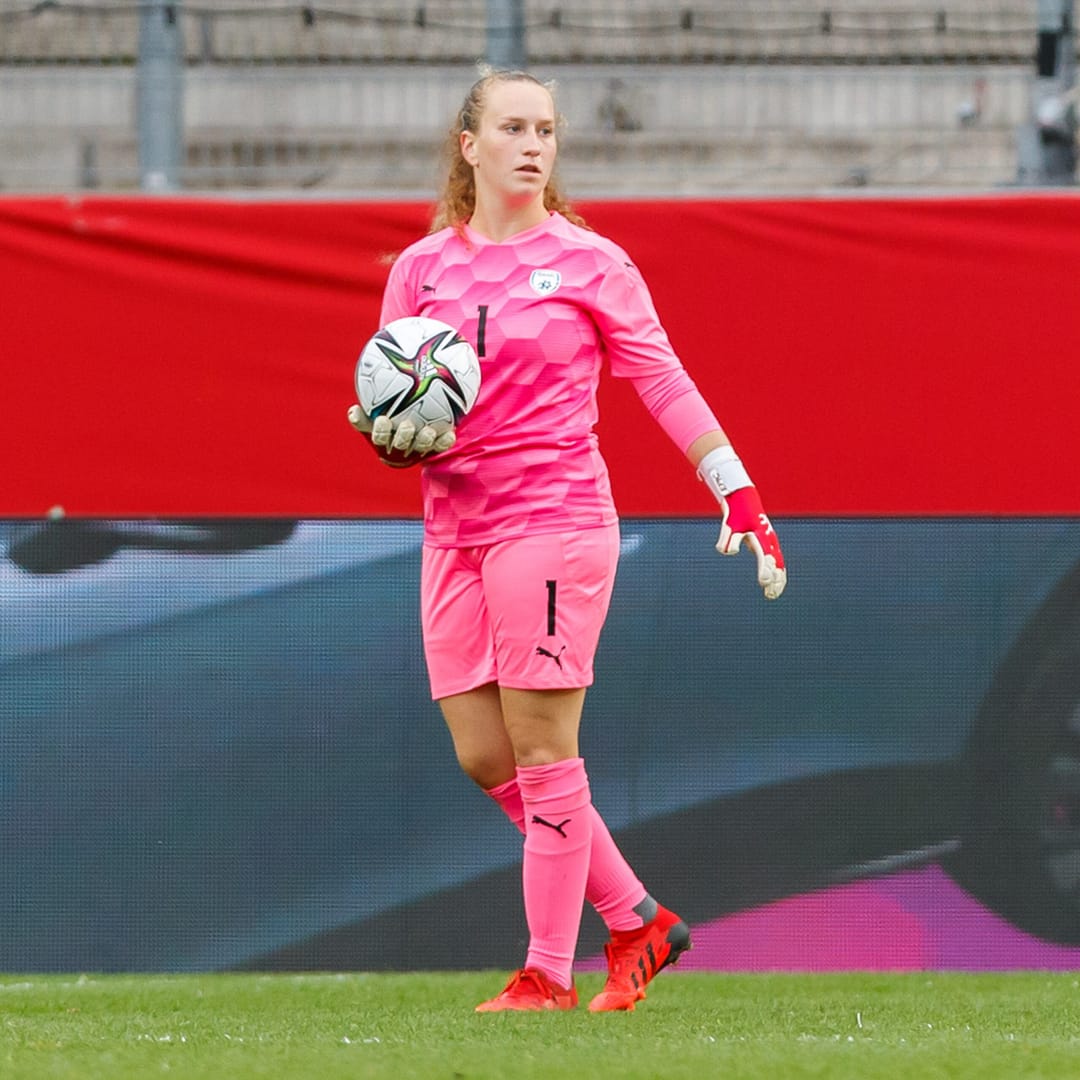Ever stood pitchside, felt the rumble of the crowd, and wondered how many players on a soccer field are actually playing at once? Whether you’re gearing up for your first match, planning a friendly game with friends, or just curious, it can be confusing when you hear numbers tossed around. You might ask: how many players on a soccer team are out there? What about how many players on a soccer field during play? Let’s clear it all up in simple, friendly terms.
Understanding the Basics: How Many Players Are on a Soccer Team?
In a standard, full-length game, each side fields 11 players, so you get 22 athletes battling it out on the pitch. They’re split into the usual groups—goalkeeper, defenders, midfielders, and forwards—each with its own vibe and responsibilities. When you wonder “how many players are on a soccer team,” this 11-player setup is what most leagues and official matches run with.
But if we get even more precise, the phrase “how many players on a soccer” can sometimes refer to the entire squad, including substitutes on the bench. In most professional settings, teams roster around 18 to 23 players, though only 11 start the match.
Who’s Who on the Field: Roles and Positions
Let’s break it down:
- Goalkeeper – The lone guardian of the net. He’s unique: the only one who can use his hands, and only inside the penalty area.
- Defenders – Think of them as the bodyguards. Center-backs and full-backs form the first line of defense.
- Midfielders – The engine room. They control tempo, pass, connect defense to offense, and often run the most.
- Forwards – The finisher crew. Strikers, wingers—they’re there to score, exploit space, and keep the other team guessing.
So when someone asks, “how many players on a soccer team on the field?” the answer is simple: 11. But your curiosity might also stretch to different formats.
Small-Sided Games: How Many Players on a Soccer Field in Youth or Casual Play?
In youth leagues or casual settings, you’ll see smaller formats to keep things fun and manageable:
- 7v7 – Common for younger age groups.
- 5v5 or 6v6 – Field is smaller, gameplay is faster, and everyone touches the ball more.
These aren’t just knock-offs—they’re intentionally designed so everyone stays engaged and learns the game better. So if you’re asking “how many players on a field in soccer” for a junior match or weekend pickup, it might not always be 11—but in official adult matches, 11 is the magic number.
Using Goalnyx Flow to Visualize the Game
Imagine you could map the movement of every player on the field visually. That’s where Goalnyx Flow comes in. Goalnyx Flow is a dynamic visual framework—think of a live diagram showing flow lines, hotspots, and player positioning. It’s like having a smart GPS overlay during a match, helping coaches and fans see patterns, connections, and coverage in real time.
For instance, if your coach asks, “Where are the midfielders drifting after losing the ball?” Goalnyx Flow lights it up. It makes it clear, especially when you’re analyzing how many players on a soccer field are maintaining defensive shape or pushing forward. With Goalnyx Flow, the game’s rhythm becomes readable at a glance.
Why the Number of Players Matters
Why does knowing how many players on a soccer team who actually play matter? Here’s the deal:
- Spacing and strategy – With 11 players, formations like 4-4-2 or 4-3-3 make sense. Take out too many players, and the field’s open, shots come quicker, fatigue hits harder.
- Fairness – Ball control, tactical setups, substitutions—all rely on exact numbers.
- Game flow – Every soccer fan knows the magic: 22 players weaving, battling, celebrating—it just works.
So whether you’re playing or watching, knowing exactly how many players on a team in soccer are on the field gives you better insight into formations, tactics, and the flow of the match.
Quick Game Variations: What to Expect
| Match Type | Players per Team | Total on Field |
| Official 11-a-side | 11 | 22 |
| Youth 7v7 | 7 | 14 |
| Small 5v5/6v6 | 5 or 6 | 10 or 12 |
So next time someone asks, “How many players on a soccer field?” you’re ready: it all depends, but 11 is standard in pro matches.
FAQs of How Many Players on a Soccer
Q1: How many players are on a soccer team’s roster?
Most teams roster between 18 to 23 players, but only 11 start on the pitch.
Q2: Why do youth teams use 7v7 or 5v5 formats?
Smaller teams mean more touches, less chaos, and faster learning, especially for young players learning positioning and passing.
Q3: Who’s allowed to use their hands?
Only the goalkeeper, and only inside the penalty area.
Q4: What’s Goalnyx Flow, and why mention it?
Goalnyx Flow is a visual tool that maps real-time player movement. It’s handy for analyzing spacing and positioning—great context when talking about player counts.
Q5: Does the number of players change in special formats like futsal or beach soccer?
Yes. For example, futsal is usually 5-a-side, while beach soccer is 5-a-side plus often a goalie.
Bringing It All Together
You’ve now got the full scoop: in standard soccer, 11 players per team take the pitch. You know the roles—goalkeeper, defenders, midfielders, forwards—and you’re aware that youth or casual games might use 7v7 or even 5v5 to keep things fun and educational.
Plus, with Goalnyx Flow, you can actually see how those 11 players move, connect, and shape the game in real time, giving you a window into the beautiful chaos of soccer.






